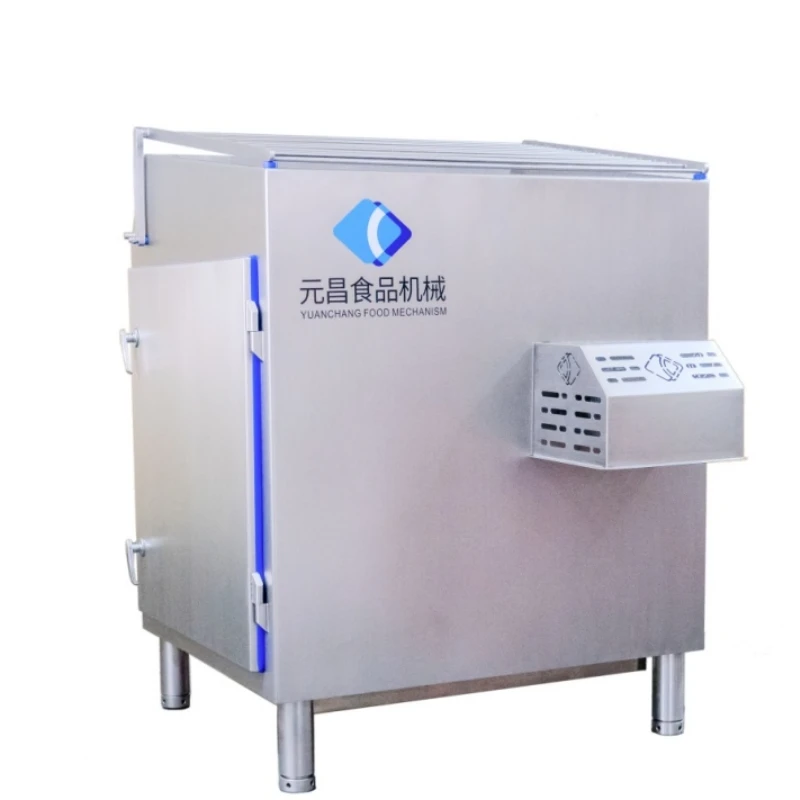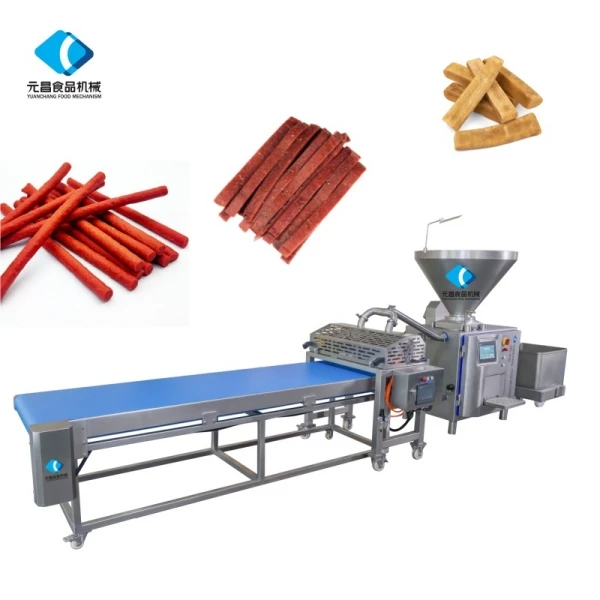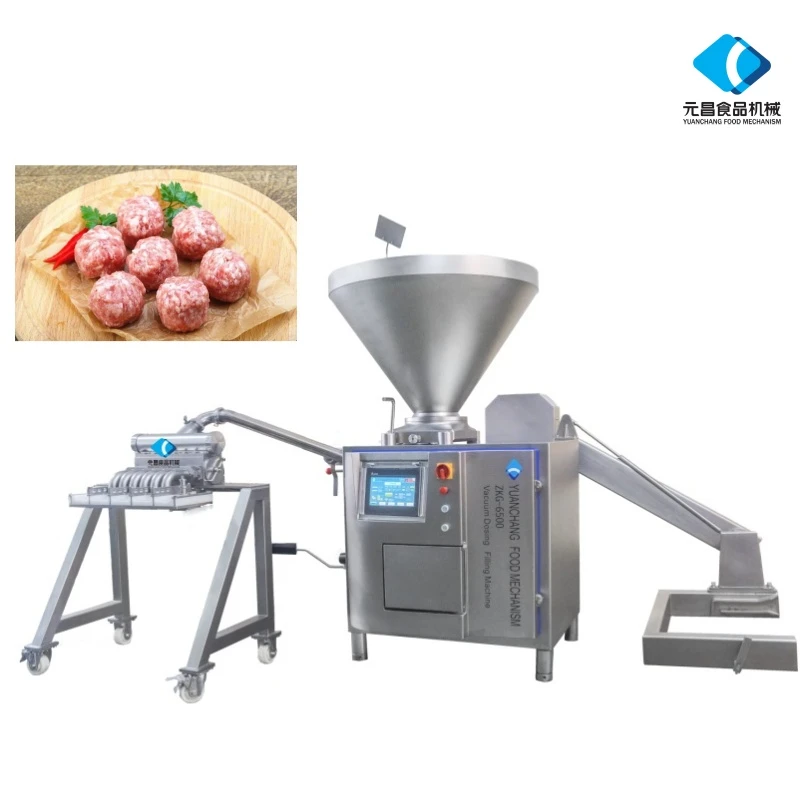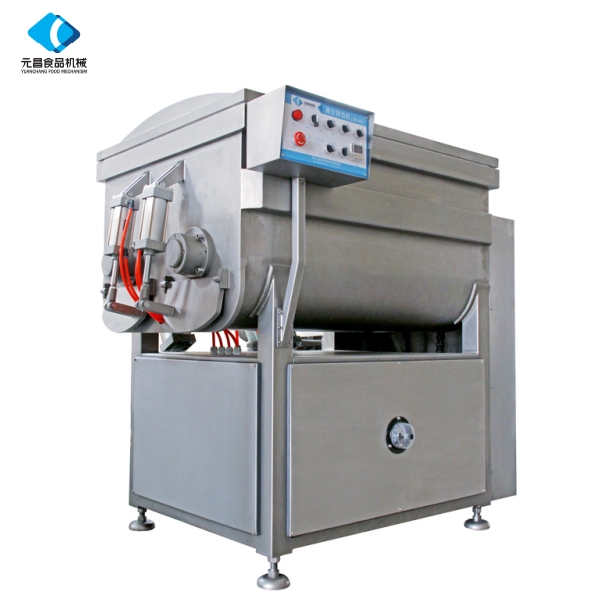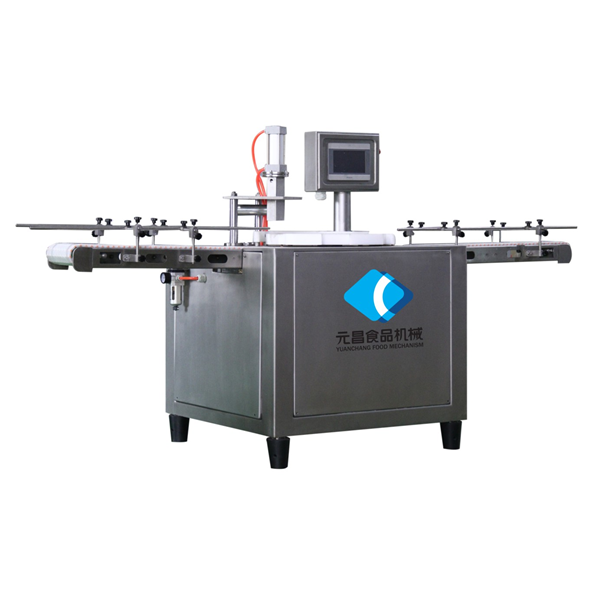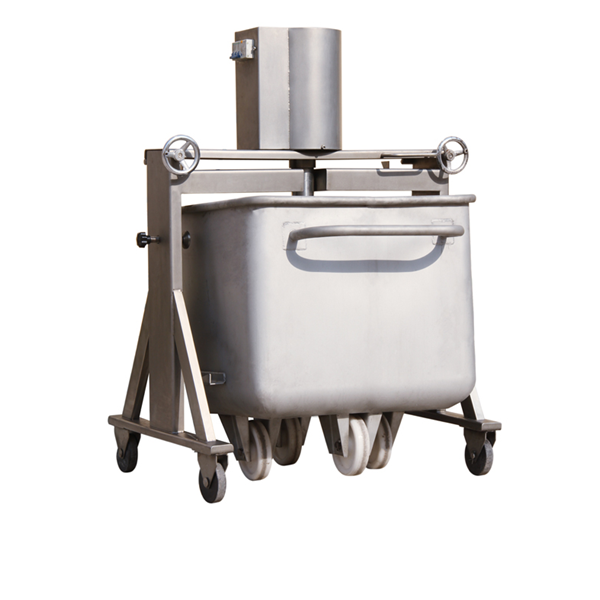- Afrikaans
- Albanian
- Amharic
- Arabic
- Armenian
- Azerbaijani
- Basque
- Belarusian
- Bengali
- Bosnian
- Bulgarian
- Catalan
- Cebuano
- chinese_simplified
- chinese_traditional
- Corsican
- Croatian
- Czech
- Danish
- Dutch
- English
- Esperanto
- Estonian
- Finnish
- French
- Frisian
- Galician
- Georgian
- German
- Greek
- Gujarati
- haitian_creole
- hausa
- hawaiian
- Hebrew
- Hindi
- Miao
- Hungarian
- Icelandic
- igbo
- Indonesian
- irish
- Italian
- Japanese
- Javanese
- Kannada
- kazakh
- Khmer
- Rwandese
- Korean
- Kurdish
- Kyrgyz
- Lao
- Latin
- Latvian
- Lithuanian
- Luxembourgish
- Macedonian
- Malgashi
- Malay
- Malayalam
- Maltese
- Maori
- Marathi
- Mongolian
- Myanmar
- Nepali
- Norwegian
- Norwegian
- Occitan
- Pashto
- Persian
- Polish
- Portuguese
- Punjabi
- Romanian
- Russian
- Samoan
- scottish-gaelic
- Serbian
- Sesotho
- Shona
- Sindhi
- Sinhala
- Slovak
- Slovenian
- Somali
- Spanish
- Sundanese
- Swahili
- Swedish
- Tagalog
- Tajik
- Tamil
- Tatar
- Telugu
- Thai
- Turkish
- Turkmen
- Ukrainian
- Urdu
- Uighur
- Uzbek
- Vietnamese
- Welsh
- Bantu
- Yiddish
- Yoruba
- Zulu
Heavy-Duty Meat Mixer Fast, Efficient Blending for All Meats
- Introduction to Modern Meat Processing Technology
- Technical Superiority of Advanced Meat Mixers
- Market Comparison of Leading Meat Processing Solutions
- Customized Manufacturing Applications
- Integrated Systems for Complex Processing Needs
- Implementation Case Studies
- The Future of Meat Processing with Integrated Equipment
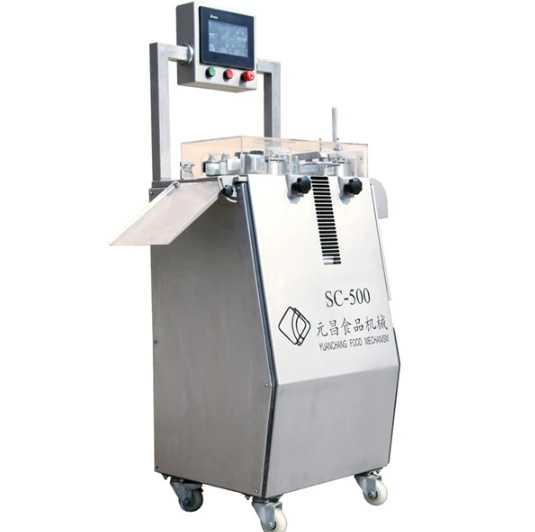
(Миксер Мясо)
Meat Processing Excellence: Revolutionizing Production
Contemporary meat production demands unprecedented precision in texture development and flavor integration. Modern facilities increasingly rely on specialized meat mixers to achieve optimal protein extraction and emulsion stability that hand-mixing simply cannot replicate. This technological evolution coincides with the rising implementation of complementary systems like smokehouses and thermal imaging chambers for comprehensive quality control.
Advanced mixing technology enables processors to maintain batch consistency while reducing labor costs by up to 45%. Studies conducted across European facilities demonstrate that professional-grade meat mixers decrease production time by approximately 30% while increasing yield efficiency through superior protein binding. Processing plants integrating these systems report 27% fewer product defects and 18% higher customer satisfaction metrics related to texture consistency.
Unmatched Technical Capabilities
Leading meat mixers feature self-adjusting sigma blades with variable torque settings (250-700 ft-lbs) and programmable memory for 300+ recipes. Stainless steel construction meets IP69K sanitation standards with automatic cleaning cycles that reduce water consumption by 40%. Patented vacuum mixing technology removes oxygen pockets at 0.8 bar pressure, extending shelf life by up to 28 days.
Complementary innovations include programmable smokehouses with precision dampers controlling smoke density within ±3% variance, while thermographic chambers maintain temperature gradients across racks at ±1.5°C accuracy. These systems synchronize via centralized PLC controllers tracking 200+ parameters per batch, providing documentation for full HACCP compliance. The synergy between mixers, smokehouses, and thermal verification creates product consistency unmatched by standalone equipment.
Industry Equipment Comparison
| Specification | Standard Mixer | Premium Meat Mixer | Smokehouse System | Thermal Validation |
|---|---|---|---|---|
| Capacity Range | 20-100L | 80-1200L | 100-800kg | N/A |
| Cycle Duration | 18-25 min | 8-12 min | 3-18 hr | Continuous |
| Automation Level | Manual | Fully Programmable | Multi-zone PLC | AI Monitoring |
| Energy Consumption | 4.2 kW/h | 3.1 kW/h | 8-25 kW/h | 1.2 kW/h |
| Waste Reduction | 12-15% | 3-5% | 7-9% | N/A |
Application-Specific Solutions
Customized configurations address regional processing requirements across cured, smoked, and fresh meat segments. Manufacturers implement dual-axis mixers for fibrous jerky production, optimizing fiber alignment in 87% less time. For emulsion-type products like frankfurters, high-velocity vacuum mixers achieve particle distribution homogeneity exceeding 98% consistency.
Integrated programs coordinate mixing with smoking processes through centralized interfaces. Operations requiring cold smoking automatically trigger smokehouse dampers when mixer cycle completion registers, maintaining critical temperature chains. For facilities handling multiple product lines, recipe management systems store precise sequences for transitions between sausage, ham, and bacon production without cross-contamination.
Smokehouse and Process Integration
Seamless interoperability between mixing equipment and smokehouses enables real-time moisture adjustments based on thermal chamber feedback. After mixing, product enters multi-stage smokehouses where sensors track humidity (±2% accuracy) and smoke density. Advanced systems feature dual-fuel combustion with real-time particulate monitoring, allowing adjustments to hardwood ratios during operation.
Thermal validation chambers document core temperatures throughout processing to verify food safety protocols. Data from all stages populates centralized analytics dashboards, enabling processors to correlate mixing parameters with smoking curves and final product metrics. This holistic approach reduces total processing time by 22% and eliminates redundant quality checks between departments.
Verified Production Implementations
Zelterska Food Solutions achieved ISO 22000 certification after implementing an integrated mixer-smokehouse system, increasing daily throughput by 130% while reducing operational costs by €8,200 monthly. The installation synchronized three industrial meat mixers with their 200kg-capacity smokehouse, with thermocameras documenting consistent core temperatures across 96% of products.
Similarly, NordMeat's Polish subsidiary reported a 16% decrease in energy consumption following integration of programmable vacuum mixers with thermal-controlled smoke chambers. The system's automated sanitation reduced changeover time by 50 minutes between pork and poultry production. Scandinavian facilities have documented 27-month ROI periods for comprehensive installations featuring mixing, smoking, and thermal verification equipment.
Optimizing Facilities with Meat Processing Technology
Manufacturers seeking production advancements should evaluate integrated meat processing ecosystems. Combining commercial-grade meat mixers with automated smokehouses and thermal validation technology creates traceable production chains essential for modern food safety standards. Analysis demonstrates that processors implementing comprehensive solutions achieve 15-20% higher operational efficiency than facilities using disconnected equipment.
The evolution continues toward fully autonomous production with integrated PLC systems managing mixing duration, smoke density regulation, and safety verification without manual intervention. Forward-looking plants are establishing data lakes compiling historical information from meat mixers, smokehouses, and thermocameras to predictively optimize processing parameters for specific product lines.
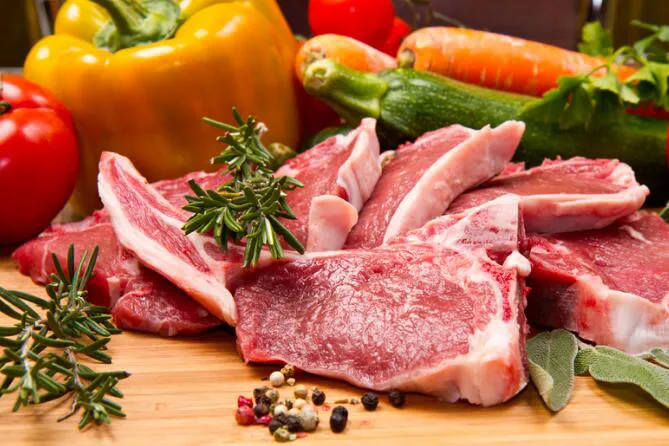
(Миксер Мясо)
FAQS on Миксер Мясо
以下是围绕指定关键词创建的5组英文FAQs,使用HTML富文本格式:Q: What is a Meat Mixer used for?
A: A meat mixer efficiently blends ground meat with spices or additives for uniform consistency. It's essential for preparing sausages, meatballs, or burger patties in commercial kitchens. This equipment saves manual labor and ensures homogeneous mixing.
Q: How does the Zelter Smoking House process meat?
A: The Zelter Smoking House uses traditional wood-smoking techniques to enhance meat flavor and preservation. It controls smoke density and temperature for consistent results. This process delivers authentic smoked products like hams or bacon.
Q: Can a Thermal Chamber and Smokehouse operate together?
A: Yes, integrated thermal chambers and smokehouses allow simultaneous cooking and smoking in one cycle. Temperature-controlled phases ensure precise drying, smoking, and heat treatment. This synergy optimizes production efficiency for cured meats.
Q: What safety features do industrial Meat Mixers have?
A: Commercial meat mixers include emergency stop buttons, blade guards, and automatic shutdown mechanisms. Stainless steel construction prevents contamination during mixing. These features comply with food industry safety standards.
Q: Why choose thermal chambers for meat processing?
A: Thermal chambers provide controlled drying/cooking environments critical for food safety. They maintain exact temperatures for pathogen reduction in smoked products. This technology ensures consistent quality in jerky or smoked sausages production.
-
Efficient Машина для резки говядины Precision & DurableNewsJun.07,2025
-
Professional Meat Grinder Machine Factory Industrial Quality & DurabilityNewsJun.07,2025
-
Commercial Meat Mincer Keema Machine for Sale High EfficiencyNewsJun.07,2025
-
Sausage Making Equipment for Sale - Professional & CommercialNewsJun.06,2025
-
Kolbasnaya Nachinka Premium Sausage Filling by Yuanchang & Meat Your MakerNewsJun.06,2025
-
Premium Sausage Mills & Fillings Effortless Meat ProcessingNewsJun.06,2025



